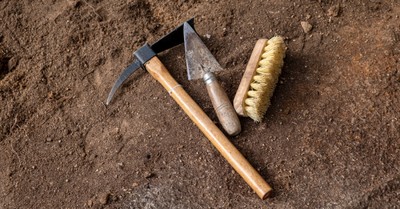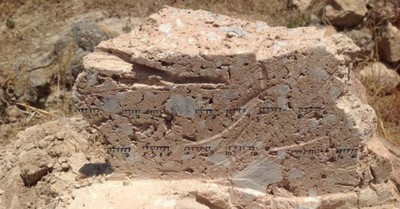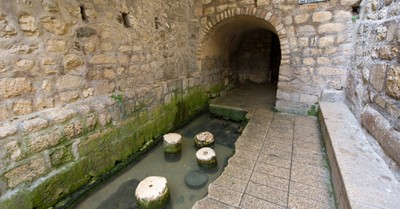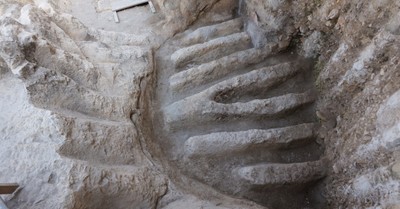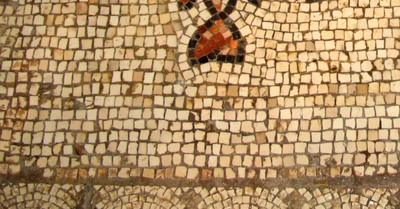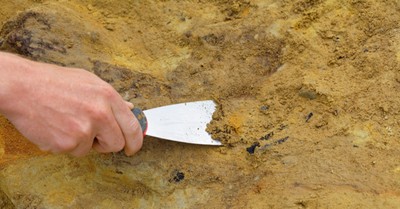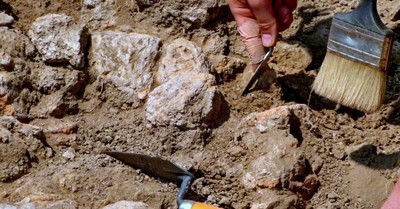
Archeologists recently discovered an ancient gold ring inscribed with the face of Jesus Christ in “almost new condition” among 30,000 other medieval archaeological objects in southeast Sweden.

Archeologists recently discovered an ancient gold ring inscribed with the face of Jesus Christ in “almost new condition” among 30,000 other medieval archaeological objects in southeast Sweden.
Shasta Bible College Professor Tom Meyer, also known as the "Bible Memory Man," recently wrote a book explaining how archaeological finds further validate the Bible.
A team of researchers from four Israeli universities say they have validated an often-disputed event in the biblical book of 2 Kings using a new scientific method they call a “breakthrough.”
Archaeologists and workers in Israel in recent weeks have unearthed eight steps at the Pool of Siloam as part of a major project that will reveal – for the first time in centuries – the very stones that Jesus and the men and women of Scripture once walked.
Researchers have found four Roman-era swords with steel blades and hilts and scabbards made of wood and leather in a recent excavation near the Dead Sea.
Archaeologists in Jerusalem have uncovered a 2,800-year-old channel installation that dates to the time of the biblical kings, but that – so far – is a mystery as to its purpose.
The Megiddo Mosaic, an ancient Christian mosaic that was once in northern Israel, may be uprooted and moved to the Museum of the Bible in Washington, D.C.
Archaeologists in Israel have uncovered what is believed to be the oldest city gate in the Holy Land.
An archaeologist who claims to have located the city of Sodom says the location matches the biblical description and that the on-site physical evidence – includeing “glazed” pottery – supports his case.
New evidence reports Nathan Steinmeyer of the Biblical Archaeology Society is confirming the biblical description of the kingdom of Judah as it existed in King David’s time. This is significant, according to Steinmeyer, because “[d]espite King David’s prominence in the Hebrew Bible, little archaeological evidence has been directly linked to the early years of the Kingdom of Judah.” Because of this apparent discrepancy between the archeological record and the biblical description of the region during the 10th century B.C., “some scholars have argued that Judah only became a developed polity in the ninth or even eighth-century B.C.E.”
